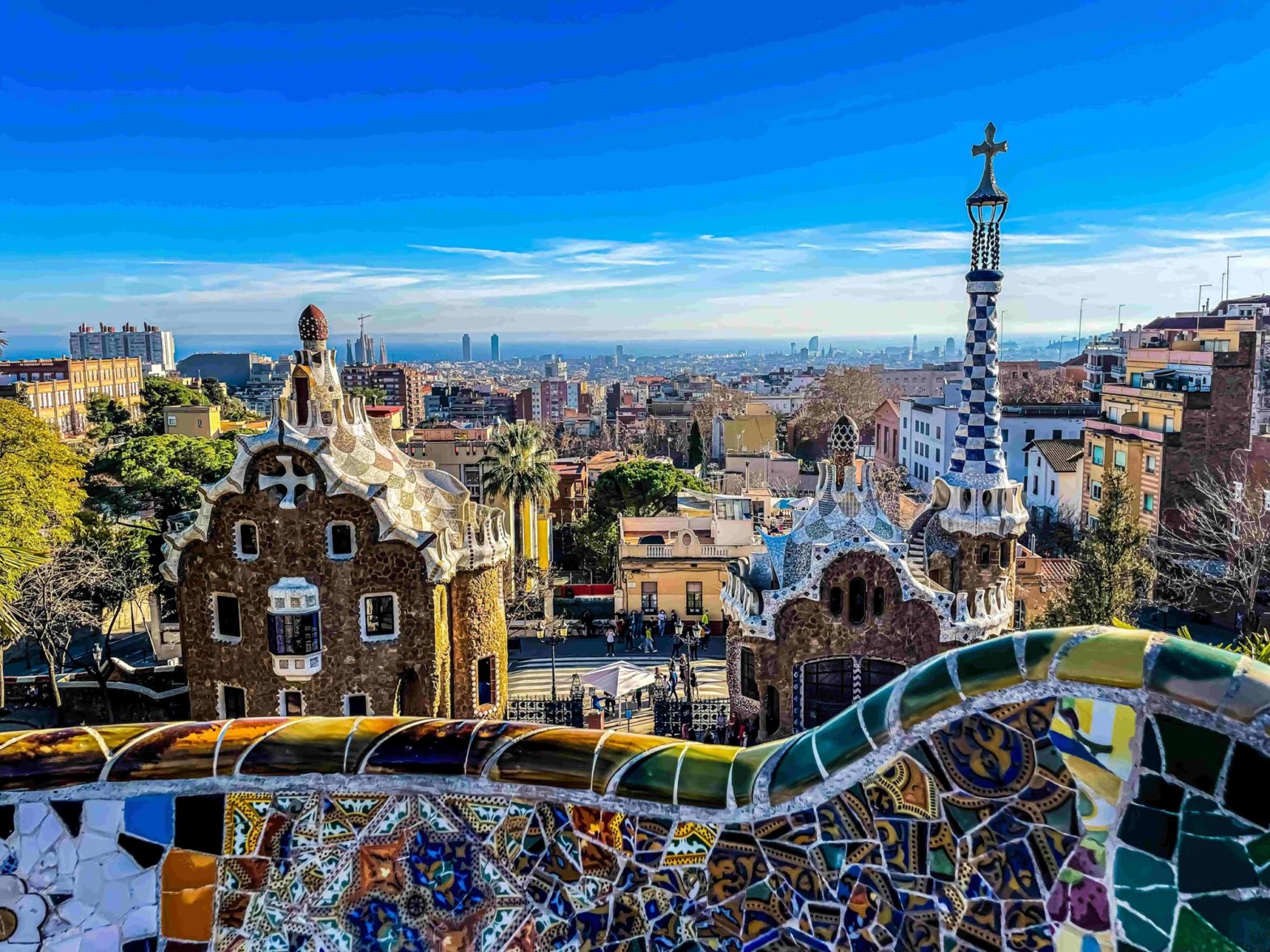
Photo: sarah-sheedy-unsplash
Barcelona bus route removed from Google Maps after complaints over tourists
18 April 2024
by Christopher Carey
Barcelona City Council has reportedly asked Google Maps to remove a city centre bus route from its platform amid complaints from locals that the service was being overcrowded with tourists.
Information on bus number 116 – which navigates around the city’s second most popular tourist attraction Park Güell – disappeared from multiple transport app operators earlier this month.
While not commenting directly on whether it ordered the removal of the route, a source from the council told Cities Today it was “working on several measures to improve mobility in the La Salut neighborhood (where Park Güell is located) and reduce inconvenience to neighbours,” adding “this particular one was implemented some weeks ago”.
Albert Batlle, the deputy mayor of security and coexistence on the city council, had previously said that the city “needed to eliminate references to the 116 on the internet”, due to overcrowding and the inability of elderly residents to get a seat on the bus.
Google would not confirm exact details of the removal but said it must comply with such requirements when asked by city officials.
In a statement the company said: “Our goal is to reflect the real world in Maps and we use multiple sources to keep it updated – including information from local authorities, feedback from our community and third-party data providers. We’re currently looking into this situation.”
Has it worked?
Residents have welcomed the move, saying tourists have all but disappeared from the service.
“At first we laughed, it seemed absurd to us, like putting gates on the countryside,” Cesca Sánchez, a local activist told Spanish paper elDiario.es.
“But we are amazed because the measure has been effective. Since line 116 disappeared from the Google map search engine tourists no longer crowd the bus and this means public transportation once again belongs to residents.”
In recent weeks, Spain has been at the centre of several highly publicised protests from locals against overtourism, claiming it is impacting public services and housing.
In Tenerife in the Canary Islands, graffiti has increasingly appeared on buildings telling tourists to ‘go home’, amid reports of locals having to sleep in cars and caves due to soaring house prices.
Protesters also placed ‘do not enter’ signs near popular beauty spots on the island of Lanzarote last month, with some areas chained off.
The southern city of Malaga has also seen a backlash, with stickers placed on Airbnbs and other rental accommodations saying ‘this used to be my home’ and ‘go home’.
Last week, Spain’s Housing Minister Isabel Rodriguez announced she would intervene in the tourism rental market as it was “harming the right to access housing”.
The country is heavily dependant on tourism however, which accounts for 12.4 percent of its GDP.
The number of workers employed in the sector reached 2.86 million in the second quarter of 2023, 6.3 percent more than in 2019, with one out of every four new jobs created in the Spanish economy linked to tourism.
Image: sarah-sheedy-unsplash









